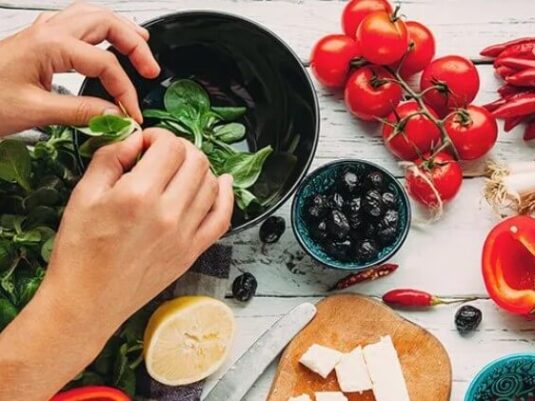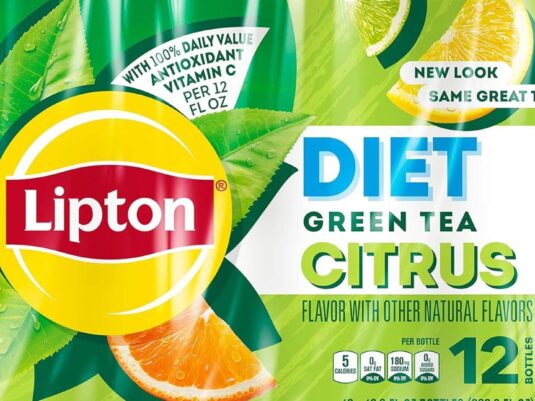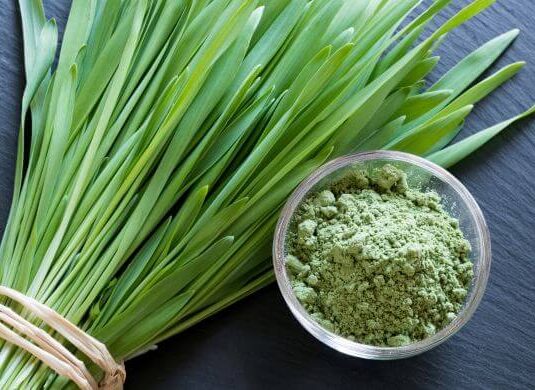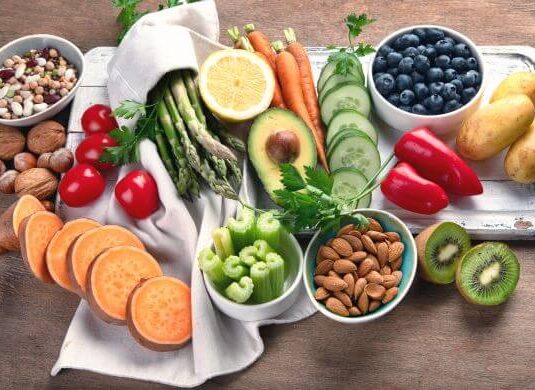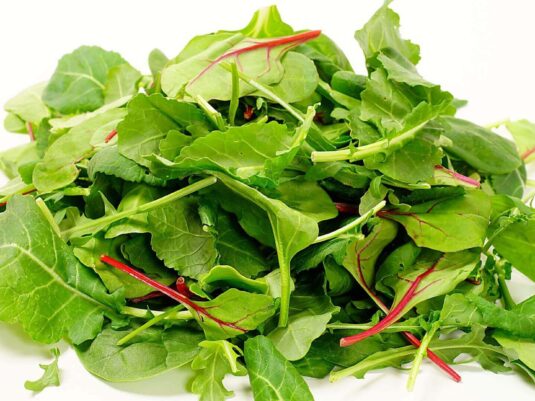
Discovering plant-based protein sources at the grocery store, supermarket or farmers market is simpler than you might think. A wealth of options awaits the discerning shopper, as the aisles are filled with nutrient-dense foods that are not only rich in protein but also loaded with dietary fiber, essential vitamins, minerals, and a myriad of other beneficial compounds.
These plant-based choices offer a comprehensive nutritional profile, making them a fantastic addition to any balanced plant-based diet.
Take a look at our plant-based protein sources infographic below. Bookmark this page for future reference.
Plant-Based Protein Sources Infographic

Plant-based Sources of Protein
Legumes:
Legumes are nature’s protein-packed gems. Among them, Lentils are true champions, offering around 18 grams of protein per cup when cooked. Chickpeas, or garbanzo beans, have been used across cultures, from Indian chana masala to Middle Eastern hummus, due to their rich protein content. Beans, whether they’re Black, Pinto, Kidney, Navy, Mung, or Adzuki, form the backbone of countless dishes worldwide, given their protein density. Split peas might remind you of comforting soups, but they’re also a solid protein source. Edamame, young green soybeans, are not only a delightful snack but also a fantastic protein source. The soybean family gives us Tofu, a versatile ingredient, and Tempeh, fermented soybeans known for their protein content. Don’t overlook Black-eyed peas and Lima beans; their protein content is equally noteworthy.
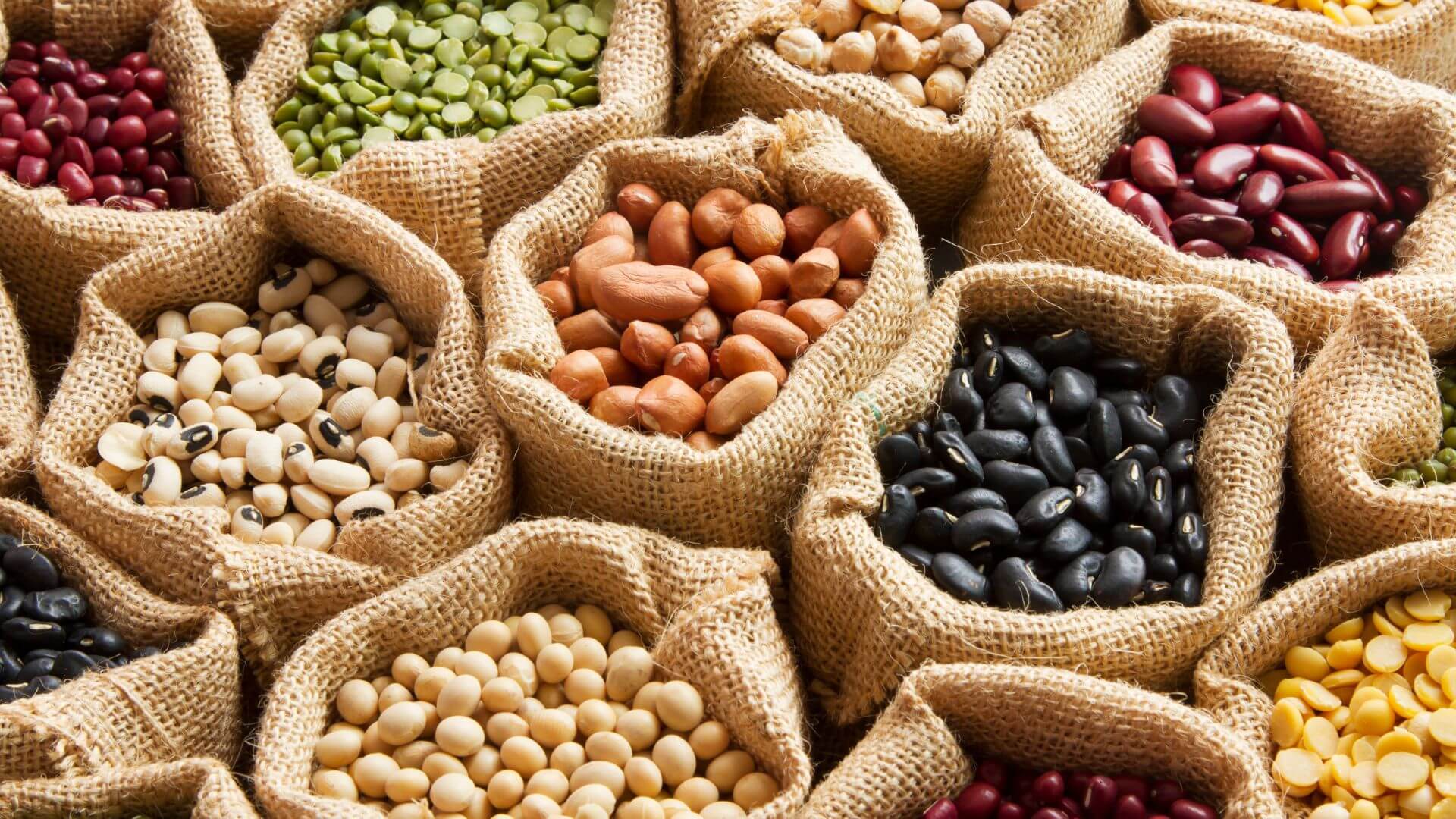
Additional Info on these Lugumes
- Lentils: Lentils are a powerhouse of protein, with one cup boasting about 18 grams. Originating from the legume family, their versatility in soups, curries, and salads makes them a dietary staple in many cultures.
- Chickpeas (garbanzo beans): Chickpeas are another protein-packed legume, making them the backbone of dishes like hummus and chana masala. They not only bring flavor to meals but also contribute significantly to your daily protein intake.
- Black beans: Beyond their rich, savory taste, black beans provide a robust protein punch. Commonly found in Mexican cuisine, they complement rice dishes by filling in missing amino acids, offering a balanced protein profile.
- Pinto beans: Popular in dishes like refried beans, pinto beans are a delicious source of plant-based protein. They’re not only flavorful but also bring a substantial amount of protein to the table.
- Kidney beans: Famous for their role in chili, kidney beans are both hearty and rich in protein. They not only enhance the texture of dishes but also ramp up the protein content.
- Navy beans: Navy beans, often found in soups, are yet another protein-laden legume. They offer a mild flavor, making them a versatile protein source in various recipes.
- Mung beans: Commonly sprouted or used in dishes like moong dal, mung beans have been an ancient source of protein. They’re not just a culinary delight but also a great way to boost your protein intake.
- Adzuki beans: A staple in Asian cuisine, Adzuki beans are small but mighty when it comes to protein. Often used in desserts, they offer a sweet twist while still packing in the protein.
- Split peas: Split peas, either green or yellow, are the stars of comforting soups. Beyond their creamy texture, they’re also a commendable source of plant-based protein.
- Edamame (young green soybeans): Edamame is more than just a tasty snack; it’s a protein goldmine. Often enjoyed steamed with a pinch of salt, they’re a delightful way to munch on protein.
- Tofu (made from soybeans): Tofu is a versatile block of protein derived from soybean curds. From stir-fries to desserts, tofu seamlessly blends into dishes, enriching them with protein.
- Tempeh (fermented soybeans): Tempeh is a fermented protein wonder, with a firm texture that’s adored in many vegan dishes. It not only offers a unique taste but also ensures you’re getting a solid dose of protein.
- Black-eyed peas: These peas, with their distinctive look, are a Southern favorite. Beyond their cultural significance, they’re a hearty and substantial source of protein.
- Lima beans: Often mixed with corn to create “succotash,” lima beans offer a buttery flavor and, of course, a good chunk of protein.
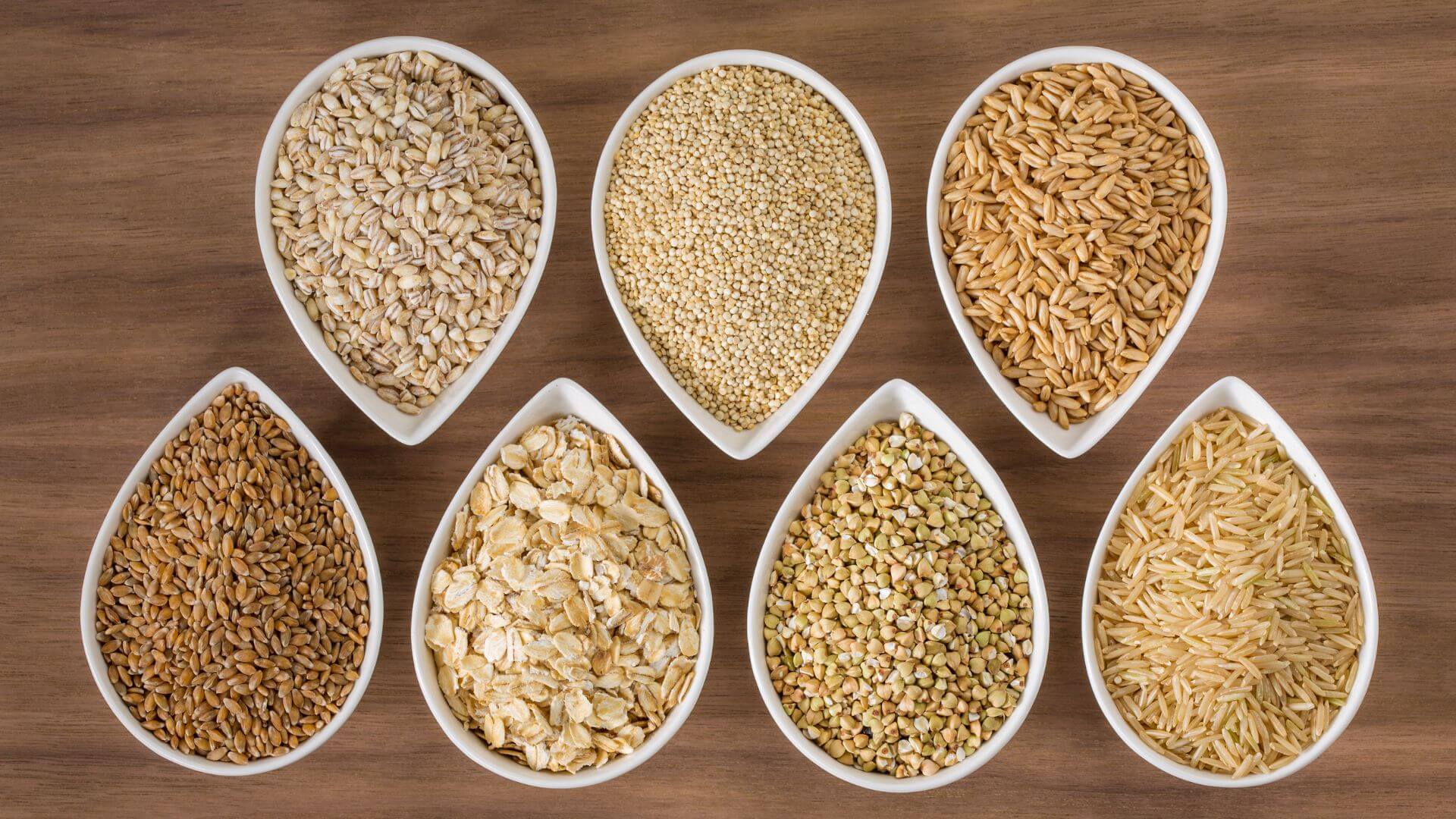
Grains:
Grains aren’t just about carbs; many are rich in protein too. Quinoa is a superstar, offering all nine essential amino acids, making it a complete protein. Buckwheat and Farro have been gaining popularity as hearty protein-rich grains. Bulgur, Barley, and Oats have been staples for centuries due to their nutritional profiles, including protein. Lesser-known grains like Millet, Rye, Sorghum, Teff, Spelt, and Kamut
Millet is not just for the birds; this grain is a wonderful protein source for humans too. Rye might be synonymous with bread, but it also contributes to our protein intake. Sorghum, predominantly grown in Africa, is a resilient grain recognized for its protein content. Teff is a tiny grain with a mighty protein punch, traditionally used in Ethiopian injera bread. Spelt and Kamut are ancient grains making a modern comeback, thanks to their protein content and nutty flavors. Both Brown rice and Wild rice not only offer a wholesome carbohydrate source but also chip in significant protein.
Additonal Info on these Grains
- Quinoa: Native to South America, quinoa is a rare complete plant-based protein. It not only offers a nutty flavor but also ensures you’re getting all essential amino acids in one go.
- Buckwheat: Despite its name, buckwheat isn’t related to wheat. It’s a gluten-free grain that’s not only flavorful but also offers a commendable amount of protein.
- Farro: This ancient grain, often found in Mediterranean dishes, is making a comeback. It not only provides a chewy texture but also boosts the protein content of meals.
- Bulgur: Often found in dishes like tabbouleh, bulgur is a quick-cooking form of whole wheat. It not only adds a nutty essence but also contributes a good deal of protein.
- Barley: Barley, with its chewy texture, is often found in soups and stews. Beyond its culinary versatility, it’s also a reliable source of plant-based protein.
- Oats: A breakfast favorite, oats are more than just a fibrous grain. They not only kickstart your day with energy but also with a significant dose of protein.
- Millet: Often overshadowed by other grains, millet is both gluten-free and protein-rich. It not only offers a mild, sweet flavor but also ensures you’re nourishing your body.
- Rye: While rye bread might be the most familiar form, rye grain itself is a potent protein source. It not only offers a distinctive taste but also helps bulk up your protein intake.
- Sorghum: This gluten-free grain is not only drought-resistant but also protein-dense. Often popped like popcorn or used in porridges, it’s a delicious way to up your protein game.
- Teff: Native to Ethiopia, teff is a tiny grain with a big protein profile. It not only forms the base for injera bread but also contributes a significant amount of protein to meals.
- Brown rice: While rice might be seen primarily as a carb source, brown rice also chips in a good amount of protein. It not only complements curries and stir-fries but also adds to your daily protein count.
- Wild rice: More of a grass than actual rice, wild rice is both nutty in flavor and high in protein. It not only elevates dishes with its texture but also with its protein content.
- Spelt: An ancient grain, spelt not only offers a slightly sweet, nutty flavor but also brings a lot of protein to the plate.
- Kamut: Known as “King Tut’s wheat,” Kamut is an ancient grain that not only boasts of a rich history but also of a rich protein content.
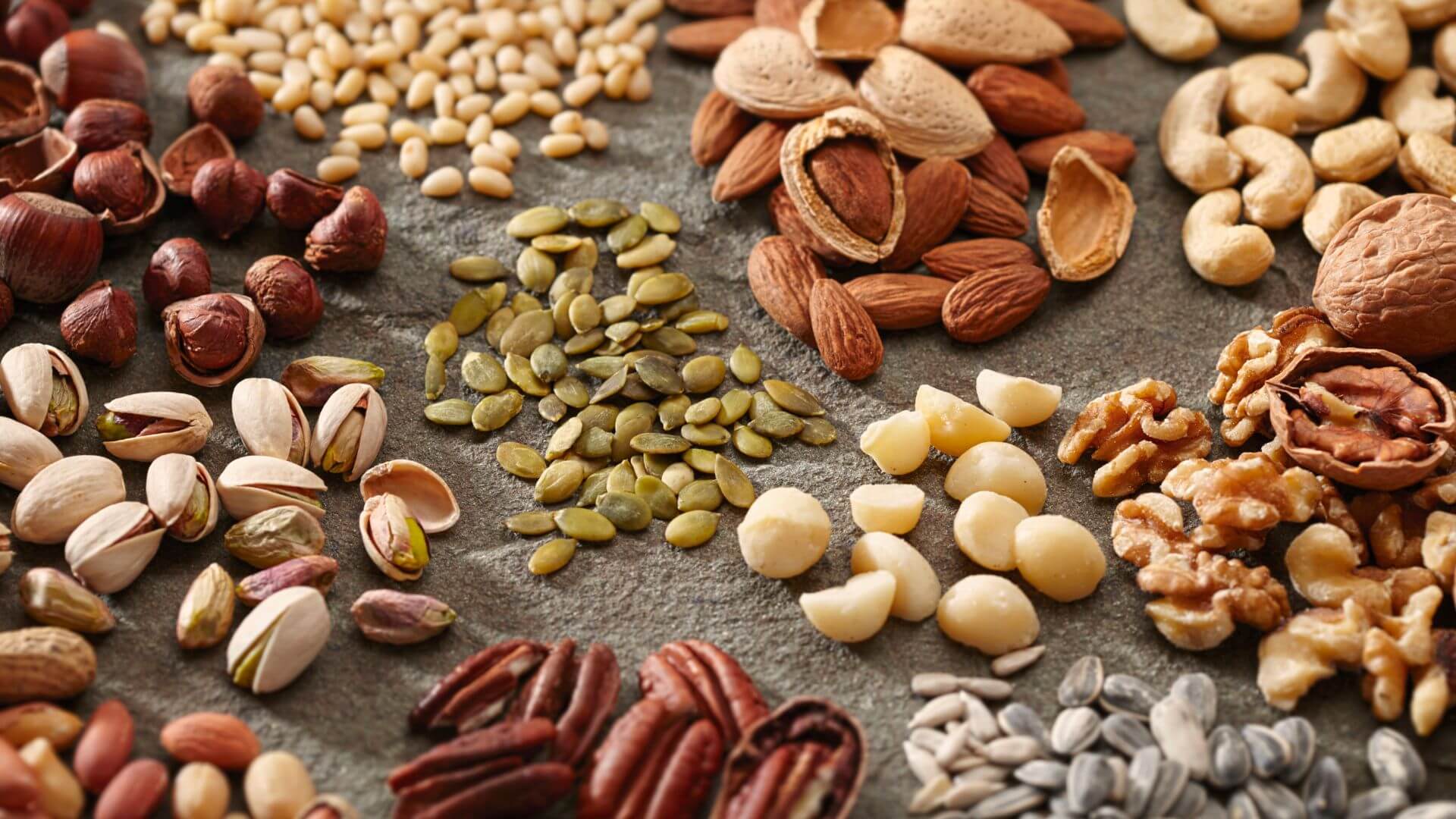
Nuts & Seeds:
Nuts and seeds are powerhouses of nutrition. Almonds and Peanuts, for instance, are not just tasty snacks; they’re rich in protein, making them perfect for muscle building. Similarly, Walnuts and Cashews not only bring in crunch but also a protein boost. Seeds like Chia, Flax, are small in size but massive in protein, often added to smoothies and salads. Pumpkin seeds, also known as pepitas, and Sunflower seeds make crunchy salad toppings and are great protein contributors. Sesame seeds, besides being a protein source, are also the main ingredient in tahini. Lastly, nuts like Pistachios, Hazelnuts, and Macadamia are not just for desserts; they’re protein-packed munchies.
Additional Info on these Nuts and Seeds
- Almonds: Often enjoyed as a snack or milk alternative, almonds are a great way to add protein to your diet. They not only offer a crunch but also a commendable protein punch.
- Peanuts: Though technically a legume, peanuts are a popular and protein-rich nut. They not only form the base for peanut butter but also provide a significant amount of protein.
- Walnuts: Beyond their brain-like shape, walnuts are smart for your protein intake. They not only enrich dishes with a unique texture but also with their protein content.
- Cashews Creamy in texture, cashews are a delight for both savory and sweet dishes. They not only make rich sauces and butters but also contribute a good dose of protein.
- Chia seeds: These tiny seeds expand when soaked, making them great for puddings. They not only offer omega-3 fatty acids but also a substantial amount of protein.
- Flaxseeds: Often ground into meal, flaxseeds are a plant-based omega-3 and protein source. They not only make for a great egg substitute in baking but also enhance the protein content of dishes.
- Pumpkin seeds (pepitas): These green seeds are more than just a Halloween by-product. They not only add a crunch to dishes but also a robust amount of protein.
- Sunflower seeds: Often enjoyed as a snack, sunflower seeds are also a protein-rich addition to salads and yogurts. They not only offer a pleasant crunch but also a reliable protein boost.
- Sesame seeds: Think beyond tahini; sesame seeds are a protein source in their own right. They not only enhance dishes with their subtle flavor but also with their protein content.
- Pistachios: These green nuts are not only fun to eat but also pack in a good protein amount. They’re not just a tasty snack but also a smart way to increase your protein intake.
- Hazelnuts: Often paired with chocolate, hazelnuts are a nutty and protein-rich delight. They not only offer a rich flavor but also help up the protein quotient of dishes.
- Macadamia nuts: Known for their buttery texture, macadamia nuts are also a decent protein source. They not only elevate the taste of dishes but also their protein content.
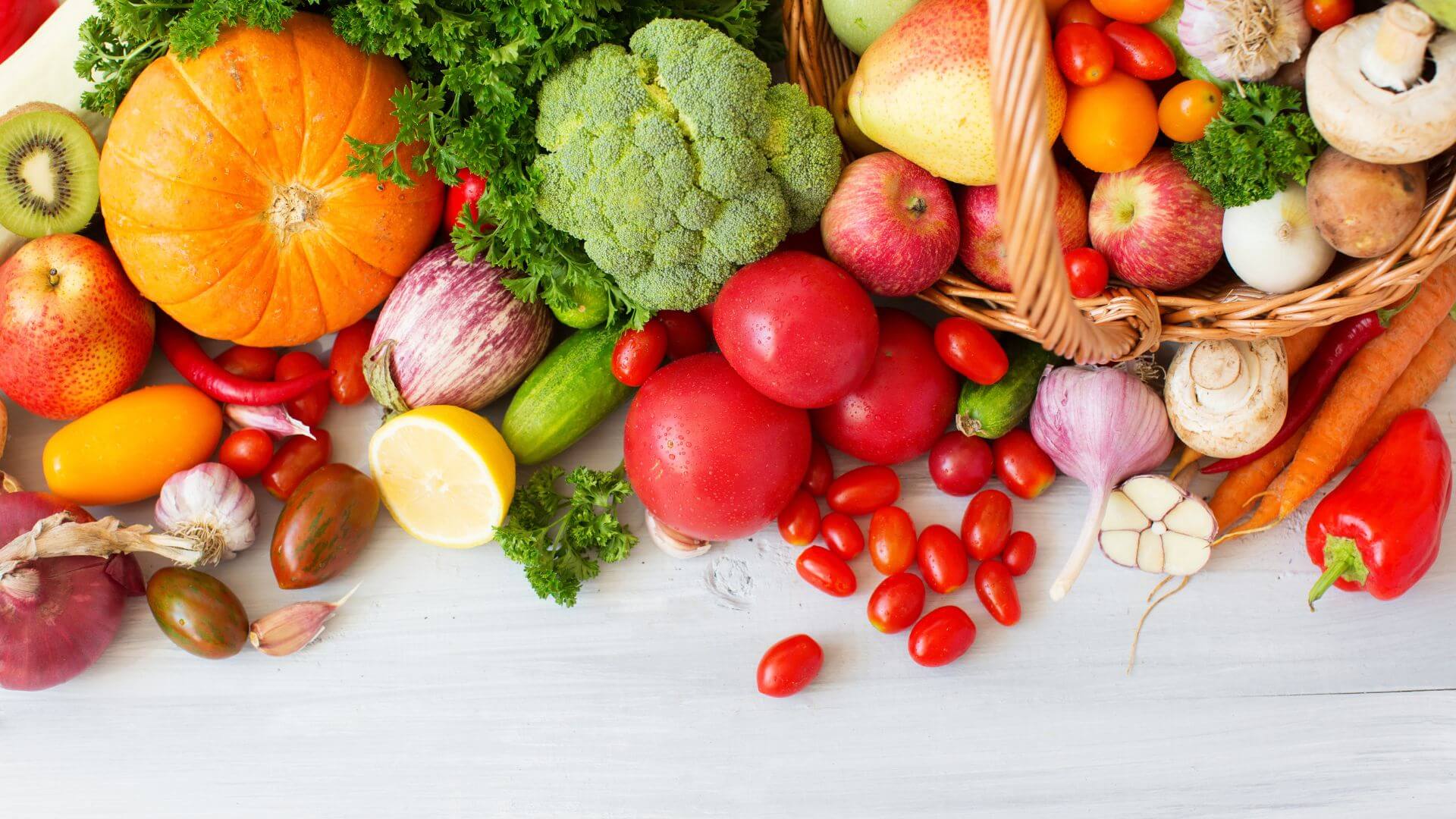
Vegetables:
While vegetables might not be the first thing that comes to mind when you think of protein, many are surprisingly rich in this macronutrient. Spinach isn’t just about iron; it’s also a decent protein source, especially for a leafy green. Broccoli and Brussels sprouts offer more than just vitamins and fiber; they also provide protein. Kale, the poster child for health foods, is as rich in protein as it is in other nutrients. Green peas might seem humble, but they’re protein-rich and versatile. Asparagus and Artichokes, besides adding flavor and texture to dishes, also contribute to our daily protein intake.
Additional Info on these Vegetables
- Spinach: Spinach, isn’t just rich in iron. This leafy green not only adds color and nutrition to dishes but also a decent dose of protein.
- Broccoli: Beyond its tree-like appearance, broccoli is a protein-rich vegetable. It not only offers a burst of green to your plate but also a good chunk of protein.
- Brussels sprouts: These mini cabbages are more than just a holiday side dish. They not only provide a hearty texture but also a solid amount of protein.
- Kale: Hailed as a superfood, kale is both nutrient-dense and rich in protein. This leafy green not only forms the base for many salads but also ensures you’re getting some plant-based protein.
- Green peas: Often mixed in rice dishes or served as a side, green peas are a surprisingly good source of protein. They not only bring a pop of color to dishes but also a pop of protein.
- Asparagus: These slender green stalks are more than just a fancy side dish. Asparagus not only provides a unique flavor and crunch but also a good dose of protein.
- Artichokes: Beyond their intricate appearance, artichokes are a protein-rich vegetable. They not only make for a delicious dip base but also ramp up the protein content of meals.
I hope the content of this page will help you as you embark on a healthy eating and improve your overall health and wellness.

